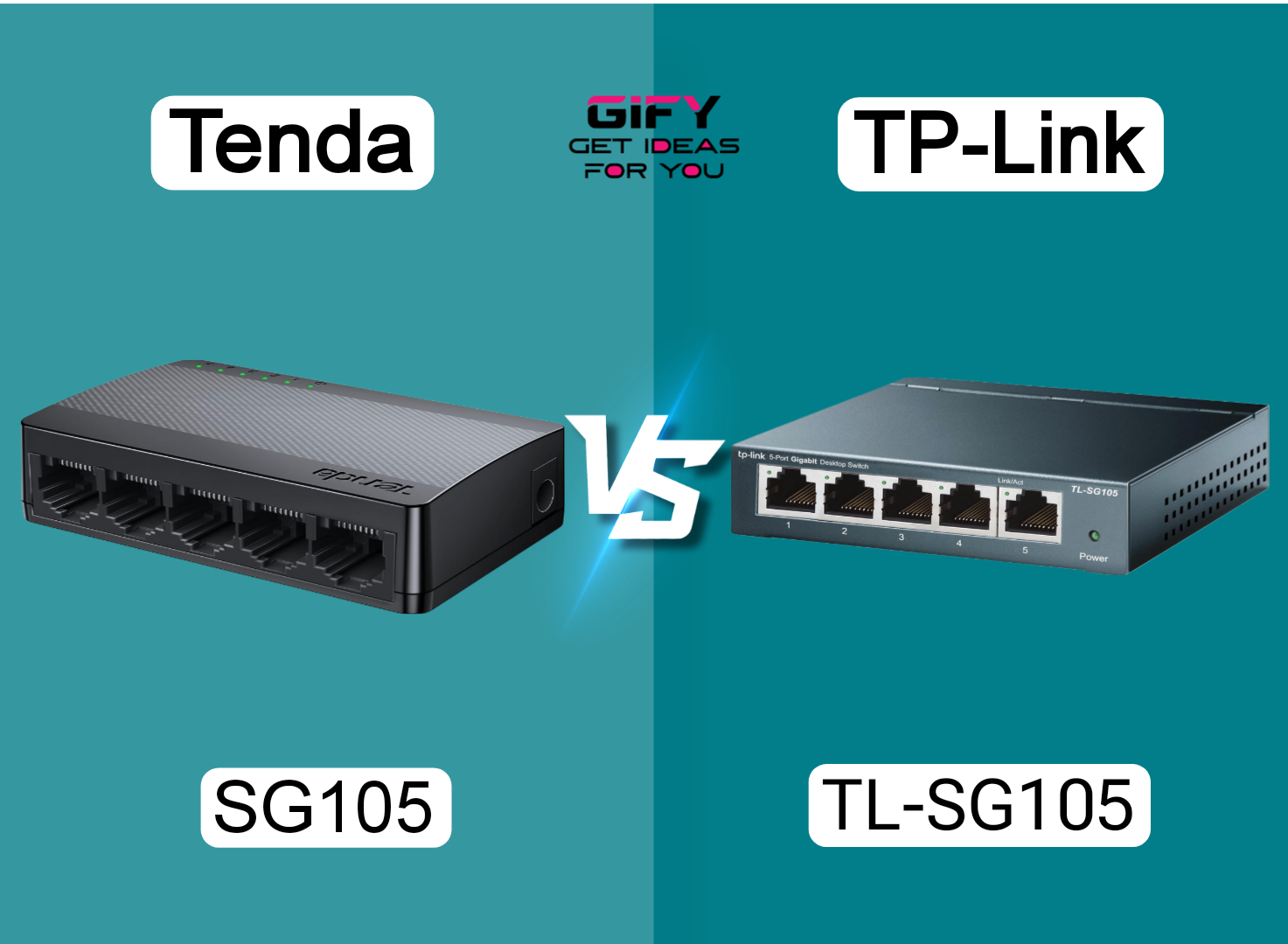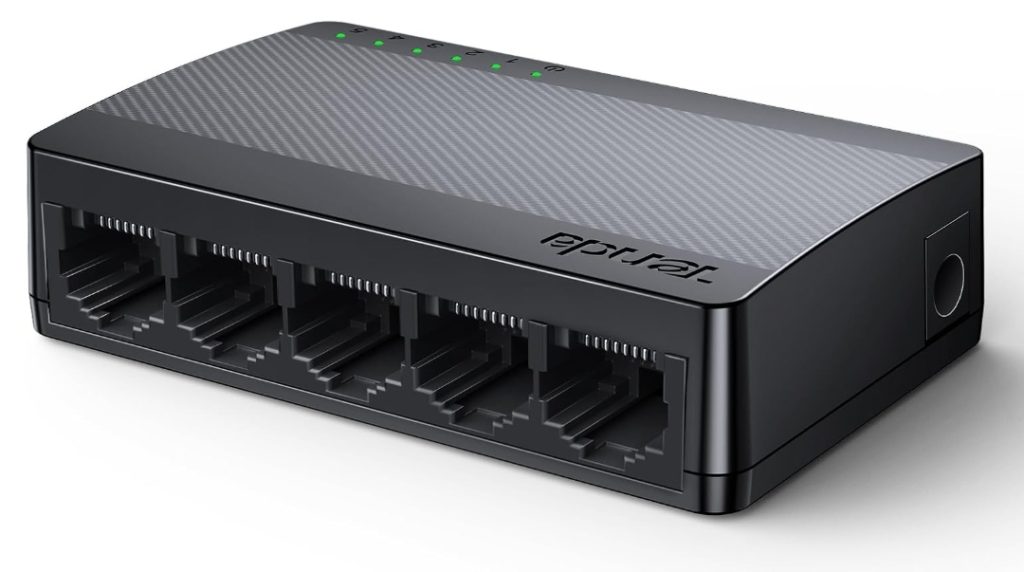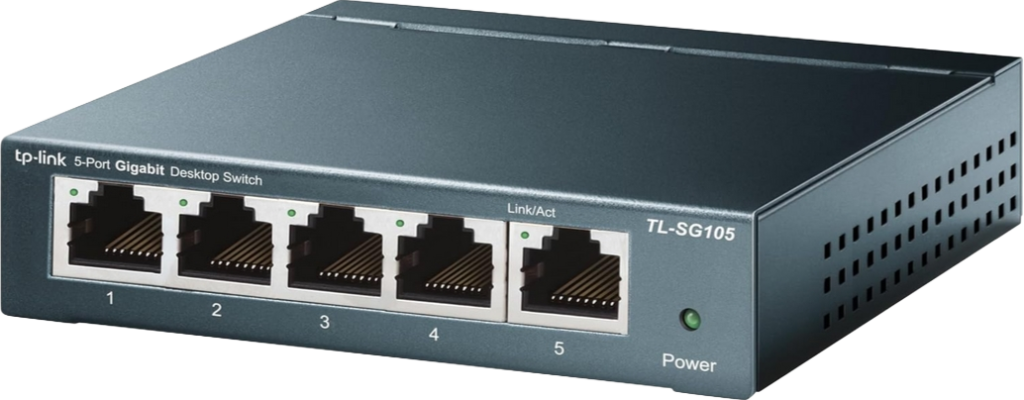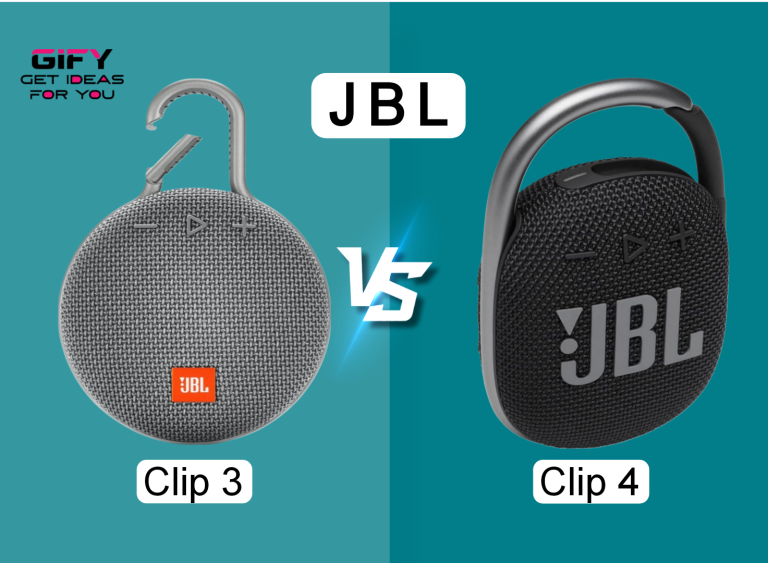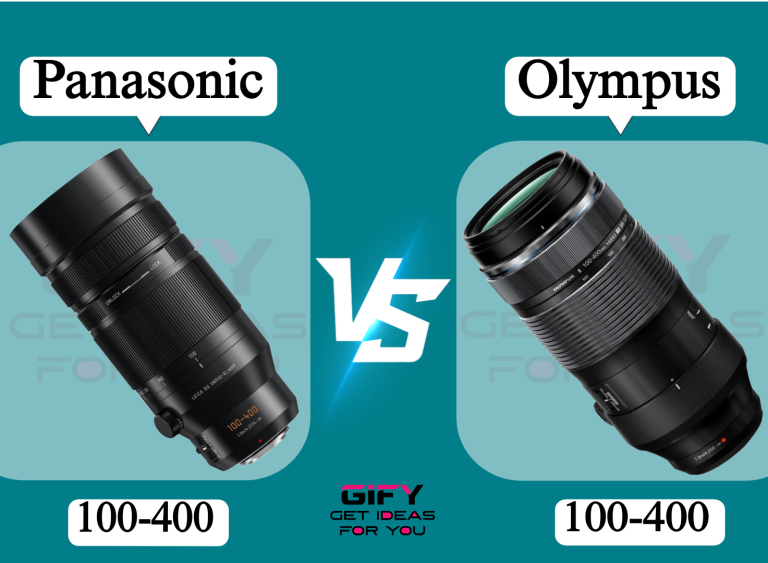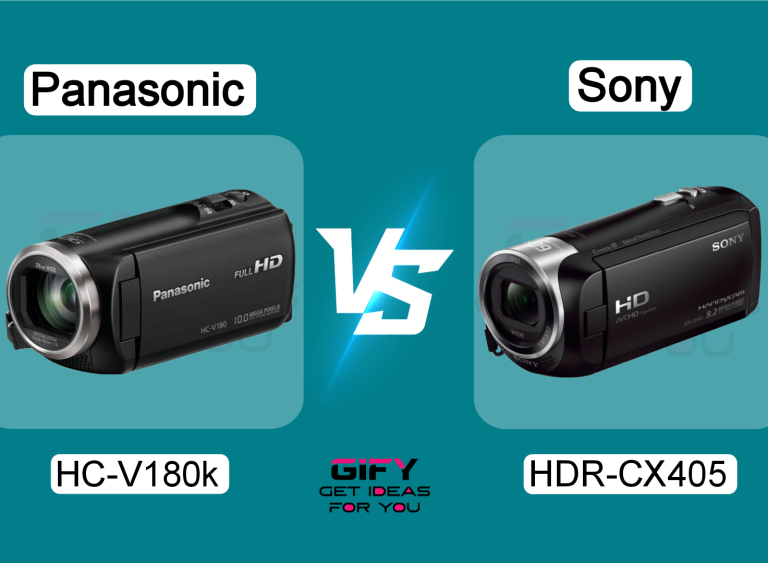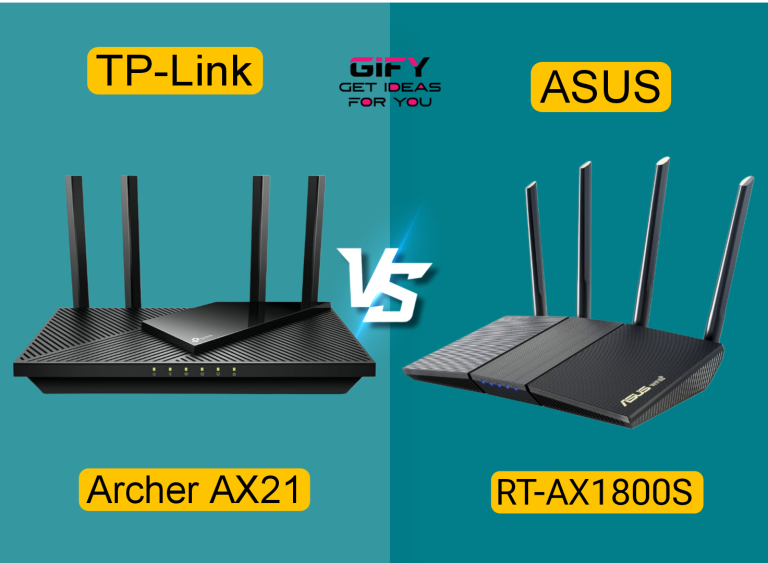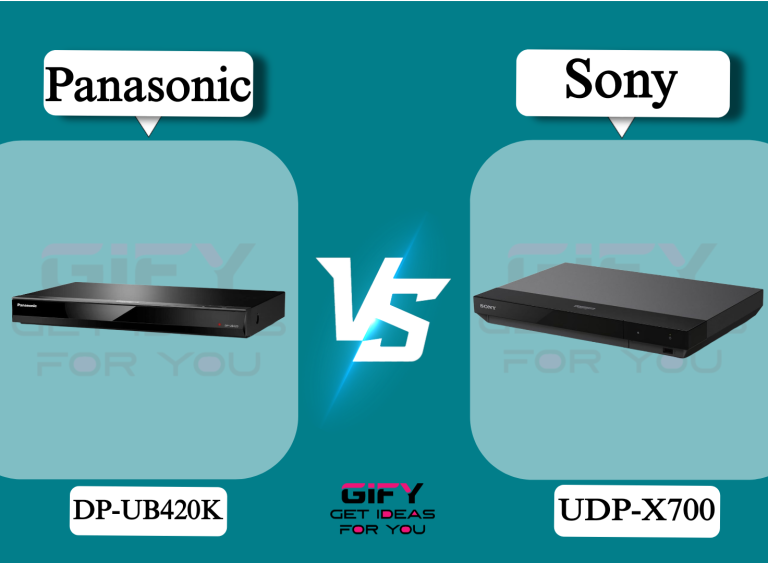Tenda SG105 vs TP-Link SG105 is one of the most talked-about comparisons among home and office networking users today.
Both these compact gigabit switches aim to deliver seamless connectivity, high-speed performance, and plug-and-play simplicity for expanding wired networks.
Whether you’re connecting your router, gaming console, or smart TV, both switches offer reliable and fast Ethernet solutions that enhance your online experience.
Choosing the right network switch can feel overwhelming when the market is filled with similar-looking options. That’s why this detailed comparison will break down everything you need to
know about these two popular models. We’ll explore their speed, design, energy-saving features, reliability, and overall performance to help you make the right decision for your setup.
In this article, we’ll go through each model’s unique strengths and weaknesses. You’ll also discover what features they share, how they differ in real-world use,
and which one provides the most value for your investment. Each section will help you understand what truly matters for small networks and home users looking for smooth and consistent performance.
By the end, you’ll know exactly which device — Tenda SG105 or TP-Link SG105 — fits your networking needs better. Let’s dive into this in-depth face-off and see which gigabit switch truly stands out in terms of performance, design, and reliability.
Tenda SG105 – 5 Port Gigabit Switch
The Tenda SG105 is designed for users who want simplicity and performance in a small form factor. This mini gigabit switch is ideal for anyone needing extra wired ports without dealing with complicated setup processes. Whether you’re a gamer, office worker, or streamer, Tenda delivers reliable gigabit speeds in a lightweight, space-saving design.
Detailed Overview
The Tenda SG105 features five 10/100/1000 Mbps auto-negotiating Ethernet ports that support wire-speed forwarding. This ensures every connected device receives maximum bandwidth,
perfect for 4K streaming, online gaming, or large data transfers. The plug-and-play setup means there’s no software installation or configuration needed — just connect and start using.
Its mini and fashionable design makes it easy to place on any desk or mount on a wall without taking up space. Despite its size, this device is built with intelligent recognition technology that automatically identifies cable types and adjusts accordingly, eliminating manual network configuration headaches.
It’s also a great option for expanding your wired connections for routers, mesh systems, or modems. The SG105 is versatile enough to connect laptops,
printers, smart TVs, and gaming consoles — giving your entire home or office a stable connection without Wi-Fi interruptions.
What Is Good :
✅ Simple plug-and-play operation with zero configuration needed.
✅ Compact and stylish design fits anywhere.
✅ High-speed performance with full gigabit ports.
✅ Automatically detects network cable type for easy setup.
✅ Ideal for small offices, gaming setups, or home use.
What Is Bad :
❌ Lacks advanced management or QoS settings.
❌ Plastic housing may not be as durable as metal alternatives.
❌ No wall-mounting brackets included.
❌ Limited power-saving options compared to some competitors.
Overall Verdict
The Tenda SG105 is perfect for those who need fast wired connectivity in a simple, budget-friendly package. It’s compact, efficient, and built to handle basic network expansion with ease.
While it lacks advanced features like QoS or energy management, its plug-and-play convenience and consistent gigabit speed make it a solid choice for small networks and homes seeking hassle-free performance.
TP-Link SG105 – 5 Port Gigabit Unmanaged Ethernet Switch
The TP-Link SG105 is another top-rated 5-port gigabit switch that focuses on efficiency and reliability. Built with premium materials and advanced networking technology, it
’s designed to expand wired connections while keeping energy consumption low. Known for its quiet operation and durability, this model suits both home and business use.
Detailed Overview
Featuring five 10/100/1000 Mbps RJ45 ports with auto-negotiation and Auto MDI/MDIX, the TP-Link SG105 ensures smooth and flexible network expansion.
The standout feature is its energy-efficient technology that automatically adjusts power consumption depending on the link status, saving both electricity and heat output.
TP-Link has equipped this model with a fanless metal housing, ensuring silent operation and excellent heat dissipation. The switch also comes with
advanced QoS (Quality of Service) to prioritize high-bandwidth activities like video calls or online gaming. This makes it an excellent choice for users who value both speed and stability.
It includes features like IEEE 802.3X flow control for reliable data transmission and IGMP snooping for optimized multimedia streaming. With plug-and-play setup,
there’s no configuration required, making it easy for beginners and pros alike. Plus, its sturdy metal design makes it suitable for both desktops and wall mounting.
What Is Good :
✅ Advanced energy-saving technology reduces power use.
✅ Durable metal casing ensures long lifespan.
✅ Fanless design offers quiet operation.
✅ QoS and IGMP Snooping for better network management.
✅ Comes with a 3-year warranty and technical support.
What Is Bad :
❌ Slightly higher price compared to basic models.
❌ No management interface (unmanaged switch).
❌ Metal casing adds weight.
❌ Lacks PoE support for powering devices directly.
Overall Verdict
The TP-Link SG105 stands out for its strong build, quiet operation, and energy-efficient design. It’s built for long-term use and offers excellent reliability for homes or small offices that need stable wired connections.
While slightly more expensive than Tenda, it justifies the cost through superior durability, performance optimization, and energy savings — making it a dependable investment for serious users.
Common Features
Both the Tenda SG105 and TP-Link SG105 share several features that make them reliable and efficient 5-port gigabit switches. These similarities help them stand out as practical, plug-and-play solutions for anyone expanding a wired network.
- Ports: Each device offers five 10/100/1000 Mbps RJ45 ports supporting Auto MDI/MDIX, ensuring fast connections across all ports.
- Switching Capacity: Both switches deliver non-blocking, wire-speed performance for smooth data transmission without bottlenecks.
- Packet Forwarding Rate: With gigabit-level forwarding, both devices handle heavy data loads efficiently, suitable for HD streaming and gaming.
- MAC Address Table: Each model uses automatic learning and aging for MAC address entries, ensuring quick and stable network routing.
- Housing: Compact and desktop-friendly, both are designed to fit neatly into any environment without clutter.
- Power-Saving: Both switches reduce energy consumption automatically when ports are idle, helping you save power.
- Additional Features: Plug-and-play simplicity, auto-negotiation, and quiet operation make both devices user-friendly and ideal for home or office setups.
In real-world use, both switches deliver seamless performance for typical network demands. They’re best suited for users who want to connect devices like PCs, printers, smart TVs,
or gaming consoles without dealing with Wi-Fi instability. While the TP-Link has an edge in durability and advanced features, the Tenda remains an affordable and compact alternative for basic users.
FAQs About Tenda SG105 vs TP-Link SG105
1. Are both switches plug and play?
Yes, both Tenda SG105 and TP-Link SG105 are plug-and-play devices that require no configuration. Just connect your devices, and they start working instantly.
2. Do these switches support PoE (Power over Ethernet)?
No, neither of these models supports PoE. They’re standard unmanaged switches meant for simple wired connections.
3. Which one offers better build quality?
The TP-Link SG105 features a sturdy metal housing, giving it better durability compared to the Tenda SG105’s plastic design.
4. Is there any performance difference between the two?
Performance-wise, both deliver similar gigabit speeds. However, TP-Link’s QoS feature offers slightly better traffic prioritization for gaming and video calls.
5. Which one should I buy for home use?
If you want an affordable, simple, and compact solution, go for Tenda SG105. If you prefer durability, quiet operation, and energy efficiency, the TP-Link SG105 is worth the extra cost.
Conclusion
The comparison between Tenda SG105 vs TP-Link SG105 reveals two strong contenders for anyone seeking reliable gigabit connectivity.
Both deliver impressive performance, stable speeds, and effortless setup, making them suitable for various networking environments.
The Tenda SG105 stands out for its affordability, simplicity, and compact design, while the TP-Link SG105 earns praise for its sturdy build, energy-saving technology,
and advanced QoS features. Each serves a distinct user type — one prioritizing budget and simplicity, the other focusing on performance and durability.
In short, if you want a cost-effective gigabit switch for basic home use, the Tenda SG105 is an excellent choice. But if you value long-term reliability,
quiet operation, and energy efficiency, the TP-Link SG105 remains the smarter investment for 2025 and beyond.

